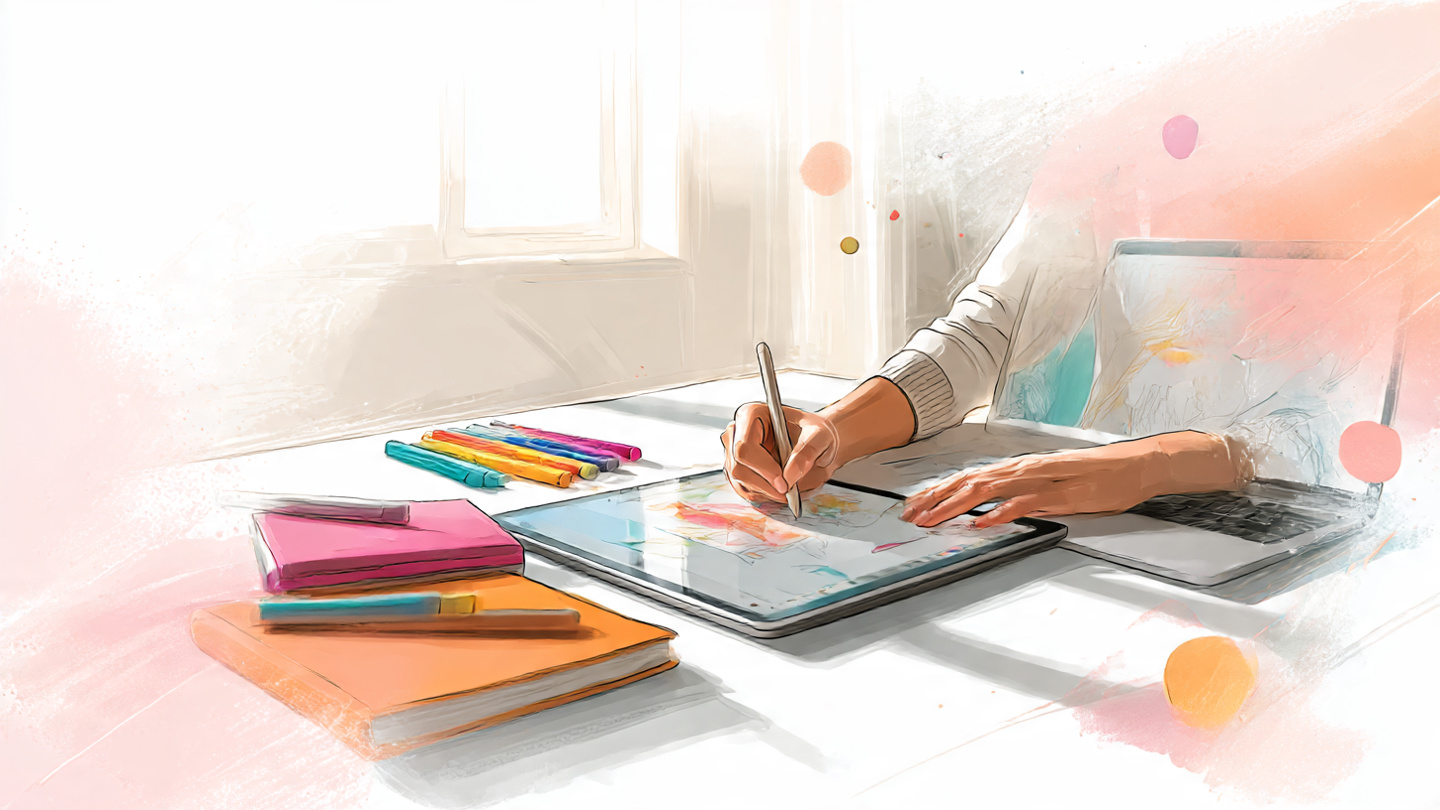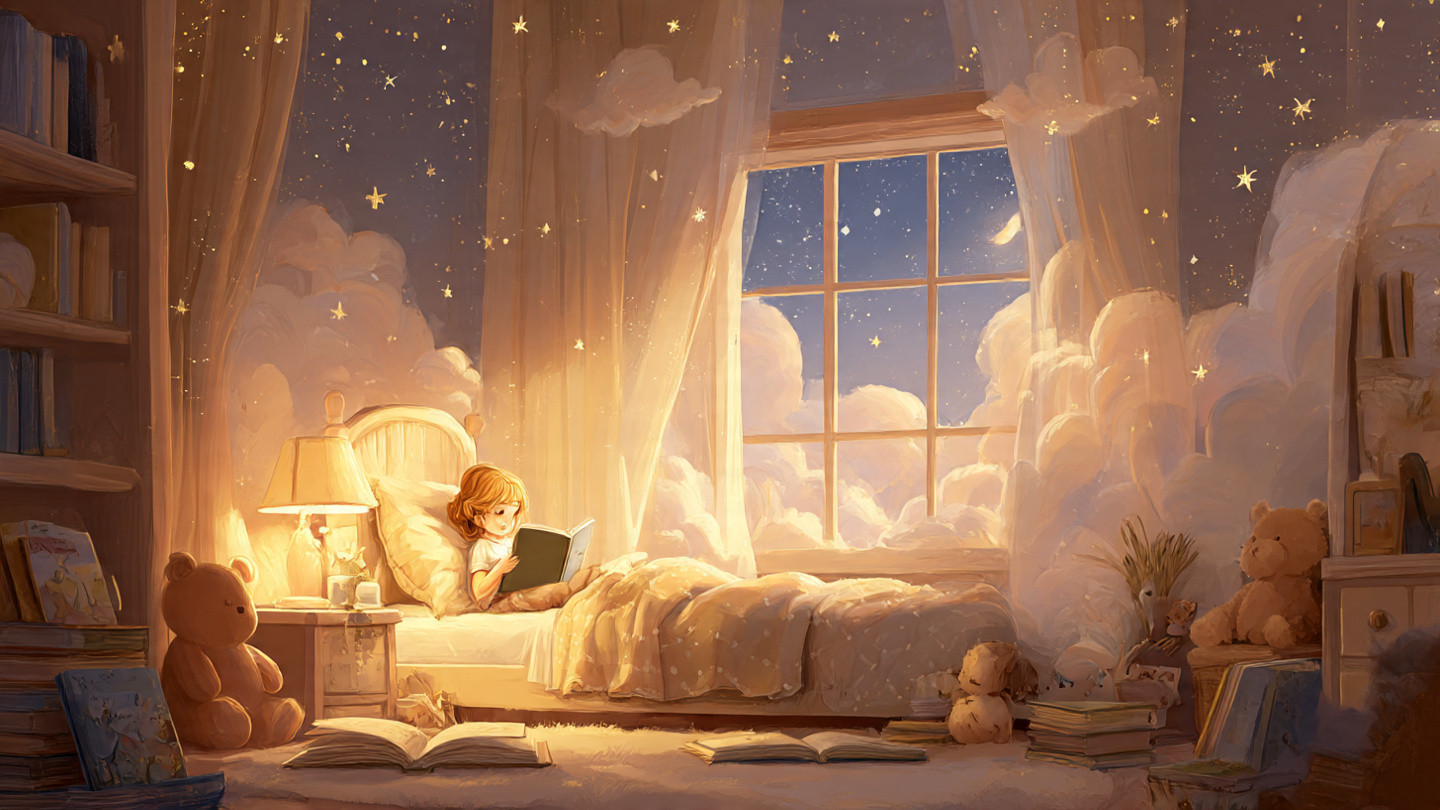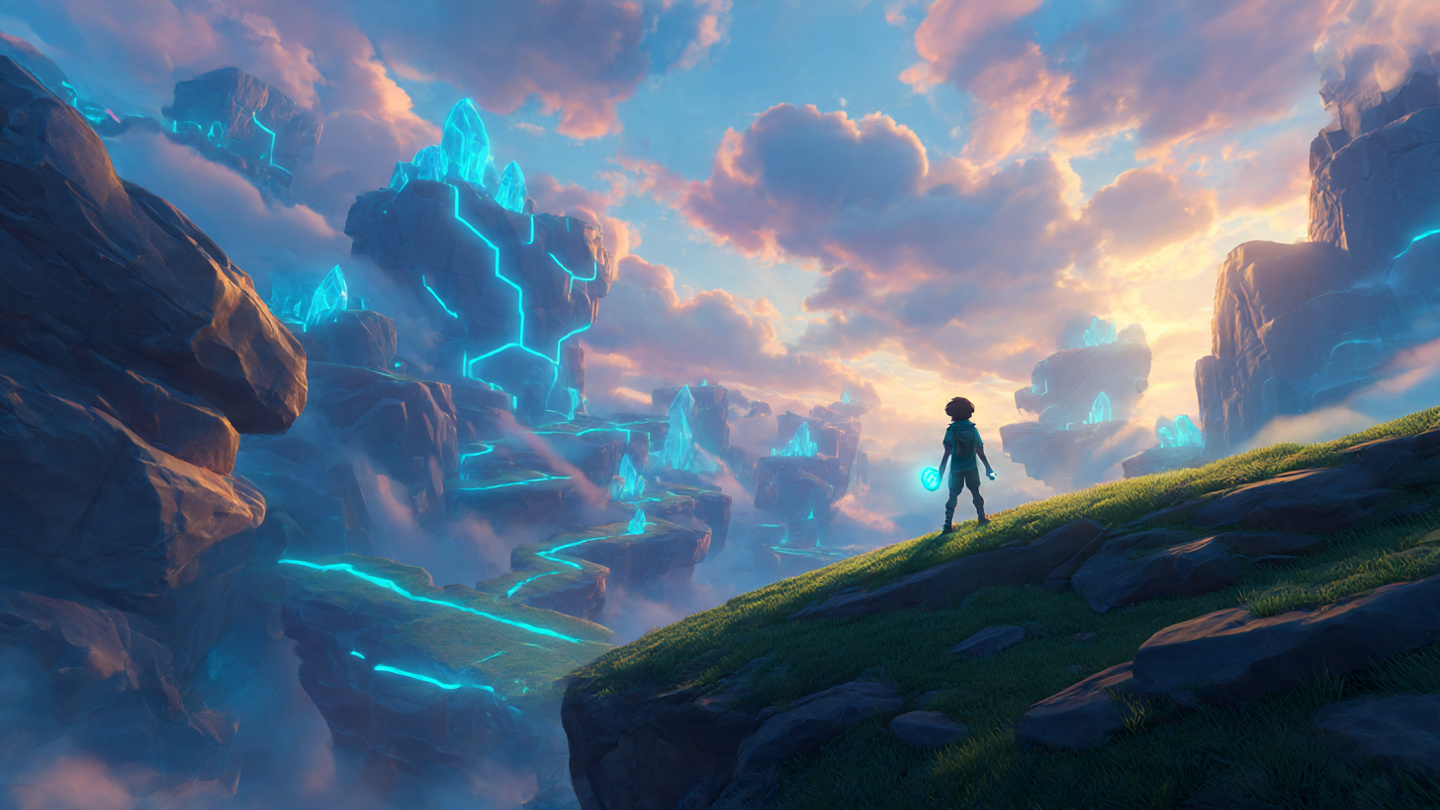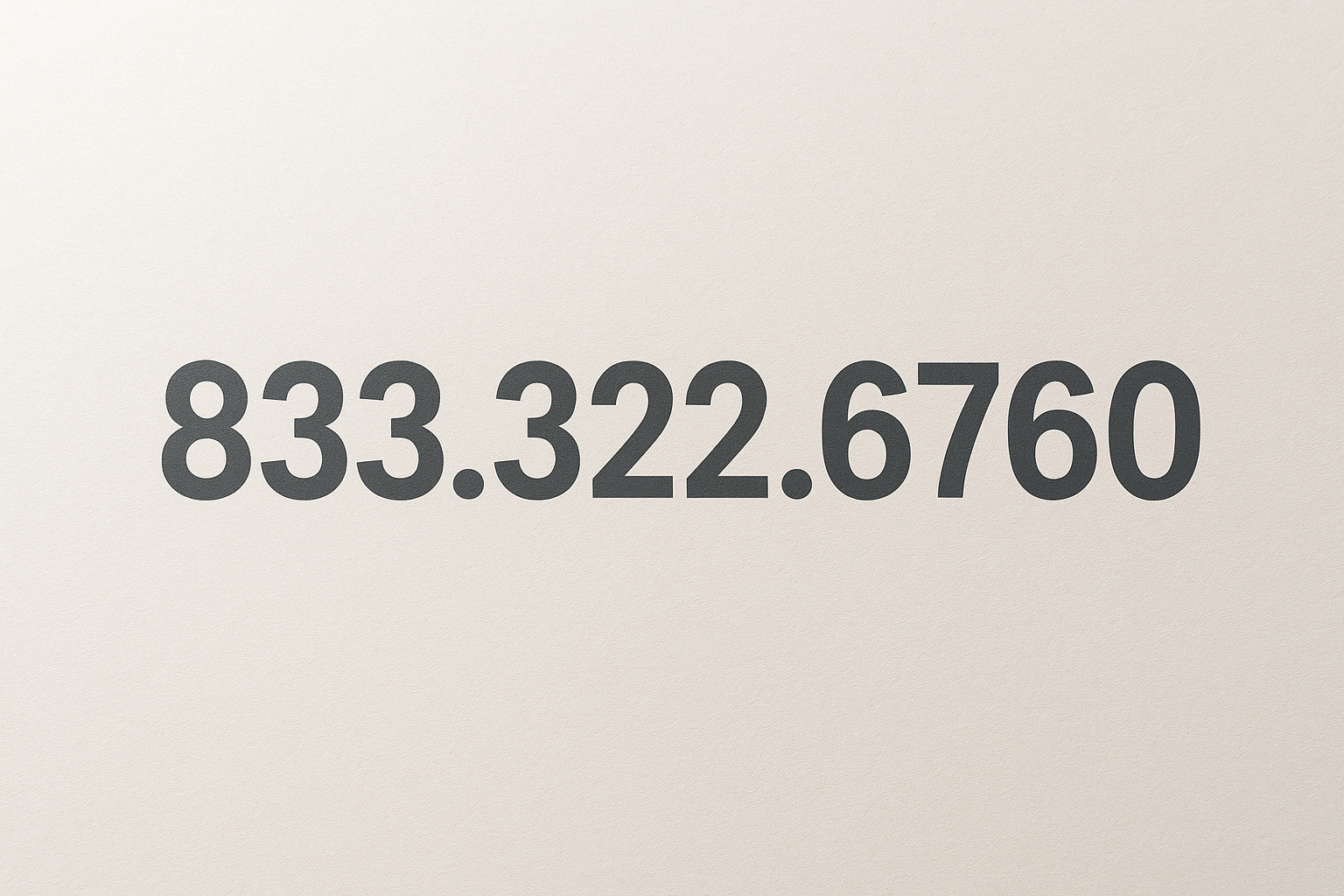Can AI Translate Storyboard Text into Cinematic 3D Scenes?
In the world of filmmaking and animation, storyboarding is the foundational step that outlines a project’s visual journey. Traditionally, translating storyboard text into 3D cinematic scenes has required a highly skilled team of artists, modelers, and animators. Today, that process is being transformed by the integration of artificial intelligence. Specifically, using AI for text to a 3D model is becoming an increasingly viable method to turn descriptive scripts and storyboard notes into immersive cinematic scenes. But how accurate, efficient, and cinematic can this approach really be?
The Vision: From Text to Visual Narrative
Storyboard text typically includes brief descriptions of action, camera angles, character movements, and setting elements. For instance, a scene might read: “The hero walks into a narrow alley at night, rain pouring, neon signs flickering.” For a human artist, this cue triggers a process of interpretation and rendering. Using AI for text to a 3D model aims to bypass some of that manual work by directly interpreting the text into 3D visual elements.
Contemporary AI frameworks take advantage of natural language comprehension and 3D rendering engines to derive the main spatial and stylistic characters from descriptions. They then arrange appropriate 3D assets—characters, settings, light sources—and show them as the scene’s expression wants. This technology is not perfect yet, but it is experiencing a rapid transformation in reshaping media production previsualization.
Working of the Technology
Employing AI for 3D model creation from text usually involves a series of steps. In the beginning, the text is decoded by a language model designed for the cinematic language. It recognizes important nouns (characters, props), verbs (actions, motions), and modifiers (lighting, mood, environment). Then, another model for 3D generation either picks the right 3D models or synthesizes them according to this parsed information.
For instance, if the input text states “a robot sitting in a rusted warehouse under a broken skylight,” the AI must interpret the industrial environment, the robot’s structure, the light effect, and the spatial arrangement of all mentioned elements. A well-trained network will be able to produce a low to medium fidelity 3D scene compliant with this description.
Pros for Filmmakers and Animators
The most prominent pros of working with AI for text to a 3D model in moviemaking are the speed advantages. At the beginning of a production phase, directors and writers can visualize scenes normally without the need of artists who are creating the first render of the scenes after days or weeks of work. AI-generated scenes serve as an anchor for discussion, which allows quicker feedback and mailable penetrating.
One more benefit is access. Independent creators or small studios with slight budgets can now create pre-visualizations that would need a big team. This democratizes the filmmaking industry and empowers even the ones who may no longer have a shooting team to do so.
Realism and Direction Challenges
Although the promise is there, the AI for text to a 3D model poses challenges—especially in cinematic quality achievement. Present AI systems are able to produce only rough layouts with basic environments but are deficient in nuanced direction. Camera angle adjustments, character emotions, and intricate lighting are among the things that AI cannot master alone dealing only with the help of the text.
Moreover, storytelling in cinema is just about what to show and how to show it. Such things as framing, speed, and tension accumulation are completely artistic decisions. Although AI can be a groundbreaking technology, the human is often needed to adjust the scene to fit it with emotion and to be visually impactful.
Integration with Pre-existing Workflows
Intermediating the path from AI output to final productions, a lot of studios are establishing hybrid processes—by applying AI for text to a 3D model to produce the first draft of a scene which artists subsequently refine using conventional 3D tools. This model allows the speed of the AI technology and the human input of the artist with a finer focus on storytelling.
Some programs are also knitting the AI abilities into 3D software directly, with users able to tell the scene creation in Blender, Unity, or Unreal Engine. This kind of smooth integration is a small step towards AI-driven previsualization being accepted as a normative selling point.
Cinematic AI of the Future
As the AI models undergo improvements, the boundary between raw visualization and polished cinematic output is destined to decrease. More sophisticated modes are expected to become more adept in context, tone, and aesthetic intent and thus will be able to provide even fewer story points to create interesting 3D scenes.
Pretty soon, writers and directors may use AI for text to a 3D model to create a virtual version of their scripts and watch them emigrate to new worlds filled with images and motion just by using a few well-chosen words. Nor the AI is going to put an end to the human artist replacing the human artist, but the AI will be a creative partner in producing literal visions at the same time.
Summary
Certainly, AI can translate storyboard text into cinematic 3D scenes—at least in the early visualization stages. Resulting from AI for text to a 3D model production acceleration, improved cooperation, and storytelling being easier, the technology can noticeably change the vibe of the process. Still, finishing touches are required for the final outputs; however, the technology has begun to move on a path of becoming an essential tool in the filmmaker’s toolbox, hence reshaping the way stories are imagined, pitched, and viewed.











